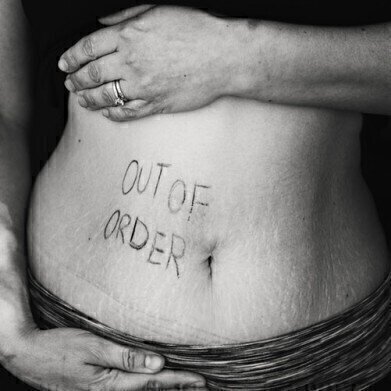Gas Chromatography
Can Chromatography Improve Coeliac Diagnosis?
Jun 17 2019
Coeliac disease is a relatively common autoimmune disease that affects around 1 in 100 people in the UK. It can be difficult to diagnose as the symptoms vary in people and can range from mild to severe. Currently the diagnosis involves invasive biopsies and blood tests. But what if there was a way to diagnose celiac disease without costly invasive analyses - could we diagnose more people in a more cost-effective way?
Well, that is what a recently published study in the journal Biosensors set out to discover. The study published under the title Faecal Scent as a Novel Non-Invasive Biomarker to Discriminate between Coeliac Disease and Refractory Coeliac Disease: A Proof of Principle Study tried to see if the volatile compounds in out poo could hold the key to a simpler celiac disease diagnosis.
Down the gluten free aisle
Celiac disease is an autoimmune disease - this means that the body’s immune system thinks it is under attack from our own body and so attacks it. There are several well-known autoimmune diseases including type 1 diabetes, inflammatory bowel disease and multiple sclerosis. In the case of celiac disease, the trigger is the gluten found in wheat or barley, which once ingested causes the immune system to attack the lining of the small intestine.
It is a protein in the gluten called gliadin that is thought to cause the autoimmune response that defines celiac disease. The antibodies that the immune system produces cause the intestine’s surface to become inflamed. The surface is covered with villi, tiny tubes that stick out and increase the intestines surface area allowing nutrients to be absorbed from our food more easily. But celiac disease sufferers have damaged villi that reduces the absorption of nutrients.
Difficult diagnosis made easier with chromatography’s help
Symptoms vary between sufferers, but include, bloating, diarrhoea, nausea, constipation and sudden unexpected weight loss. Routine testing is not currently carried out for celiac disease, in part because of the invasive nature of the testing which requires blood tests and biopsy of the intestine’s lining. The disease is thought to be relatively common but very poorly diagnosed. The disease has no treatment and patients can only control the disease using a gluten free diet. And so, any improvement in testing would benefit patients.
In the study referenced above, the team from the Netherlands and the UK looked to use gas chromatography to analyse the volatile organic compounds in faeces looking for differences between the VOCs in celiac patients and control groups. Gas chromatography is the main tool for analysing VOCs as discussed in the article, Fast Analysis of Non-Traditional Gasoline Additives with Gas Chromatography – Vacuum Ultraviolet Spectroscopy.
The team report that they observed differences in faecal profiles between celiac disease and non-celiac disease faecal samples. They also report that there were significant differences between celiac patients and those with refractory celiac disease - a rare complication that can lead to increased cancer risk in some patients.
Digital Edition
Chromatography Today - Buyers' Guide 2022
October 2023
In This Edition Modern & Practical Applications - Accelerating ADC Development with Mass Spectrometry - Implementing High-Resolution Ion Mobility into Peptide Mapping Workflows Chromatogr...
View all digital editions
Events
Apr 23 2024 Kintex, South Korea
Apr 23 2024 Seoul, South Korea
Apr 28 2024 Montreal, Quebec, Canada
May 05 2024 Seville, Spain
May 15 2024 Birmingham, UK













